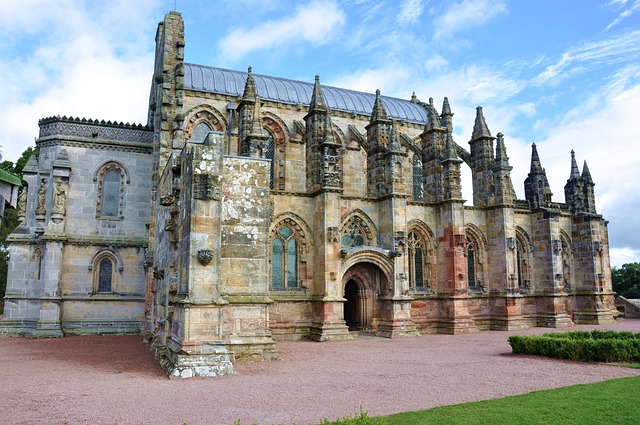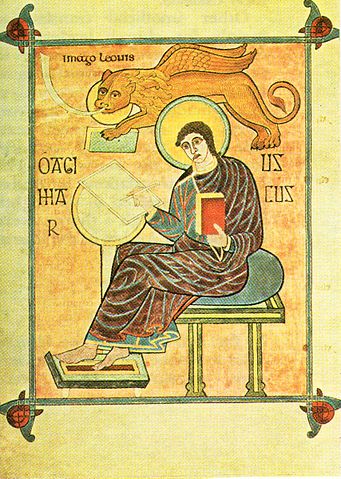
Colmcille was born in Ireland on December 7, 521 into a royal family. He was well schooled at several monasteries, became a monk, and later ordained as a priest. Colm, in Latin, is Columba. Cille means “of the churches.”
When a wealthy cousin gave him some land, he was able to travel throughout the north of Ireland teaching pagans about Christianity. Within 10 years he founded 30 monasteries.
Colmcille – aka Columba – was described as “a striking figure of great stature and powerful build, with a loud, melodious voice which could be heard from one hilltop to another.” Skilled at penmanship, he copied hundreds of religious books, one of which got him into trouble.
In 560, while being tutored by Finnian of Movilla, he copied a book of psalms, intending to keep it, but Finnian wanted the copy, and the dispute – known as the battle of Cúl Dreimhne (the Battle of the Book) – resulted in several deaths.
Three years later, Columba gathered a dozen companions and set sail for Scotland, to spread the gospel to the pagan Picts.
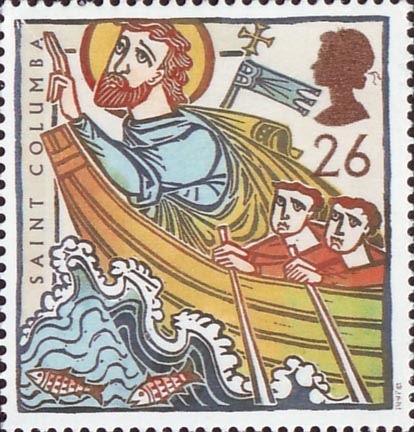
Roman writers described the Picts (the name means “painted people”) as fearsome, barbarous savages. The Romans built Hadrian’s Wall to protect England from the warriors in the north.
Columba’s boat landed on Iona in 563, and that was where he built Scotland’s first church and established a monastic community.
Many stories are told of the miracles Columba performed while converting the Picts to Christianity, including what might be the first recorded sighting of the Loch Ness Monster.
On August 22, 656, when Columba was traveling across Scotland, he was crossing the River Ness when a ferocious water beast killed a Pict and tried to attack his disciple, Lugne. Columba raised his hand, made the sign of the cross, and shouted, “You will go no further, and won’t touch the man. Go back at once.” The monster fled, “more quickly than if it has been pulled with ropes,” and the local Picts were so amazed they converted to Christianity on the spot.
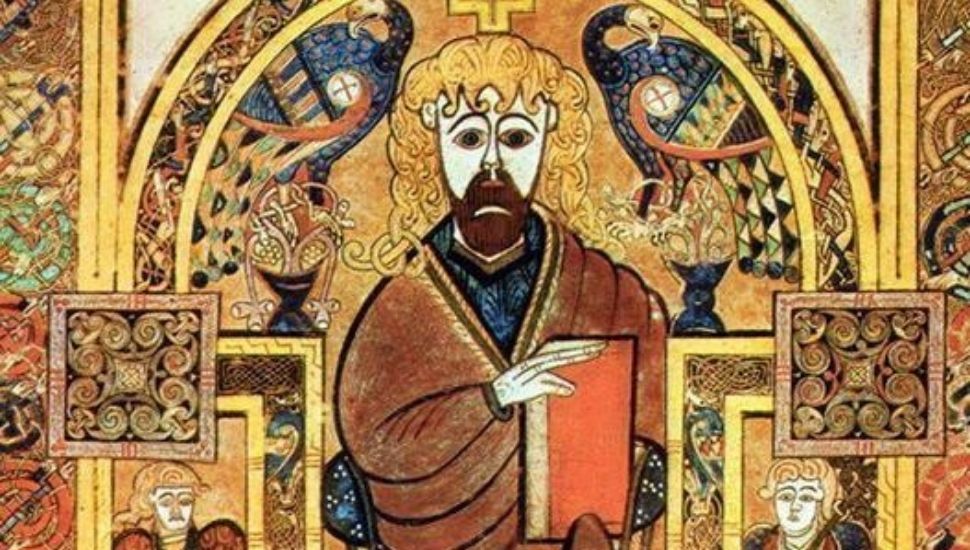
Besides founding numerous churches and monasteries, Columba is credited with transcribing 300 books and writing at least two poems.
The original wooden buildings on Iona were replaced by a stone chapel in about 800, but raids by Vikings in 802, 806, and 825 sent the monks back to Ireland.
It is believed that the grand illuminated manuscript The Book of Kells, was started on Iona, but taken unfinished to the Abbey of Kells, about 40 miles north of Dublin.
A Benedictine Monastery and an Augustinian Nunnery were established on the foundations of Columba’s original monastery in the early 1200s.
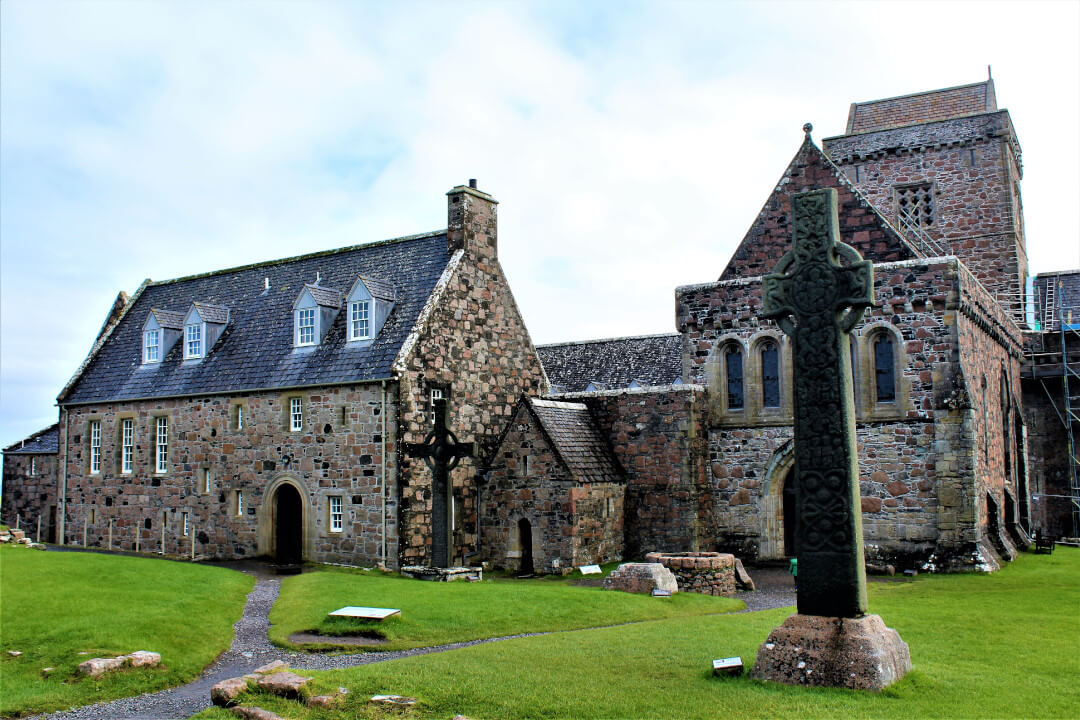
The Abbey on Iona has been restored several times, following the Scottish reformation in the 15th century. But on its grounds may still be seen the graves of 48 kings of Scotland, including Mac Bethad Findláich, Duncan and Donald Bane. Although Shakespeare dramatized Macbeth and Duncan as being murder victims, the real kings were killed in battle.
You Are Invited to Visit the Isle of Iona
A small group tour is now available from Body Mind Spirit Journeys that will be exploring Iona this September. Our “Sacred Scotland” tour is set for September 1 – 11, 2023.
In addition to Iona, here are a few more highlights on the itinerary…
- Explore the standing stones of Croft Moraig Stone Circle
- Visit Edinburgh Castle
- In the Orkney Islands, see the Stones of Stennes, the prehistoric village of Skara Brae, and the Neolithic chambered cairn and passage grave at Maeshowe
- Go to Dunfermline Abbey, Scotland’s ancient capital, with the burial sites of 11 kings and queens including Robert The Bruce
- Do a group ceremony in Rosslyn Chapel
